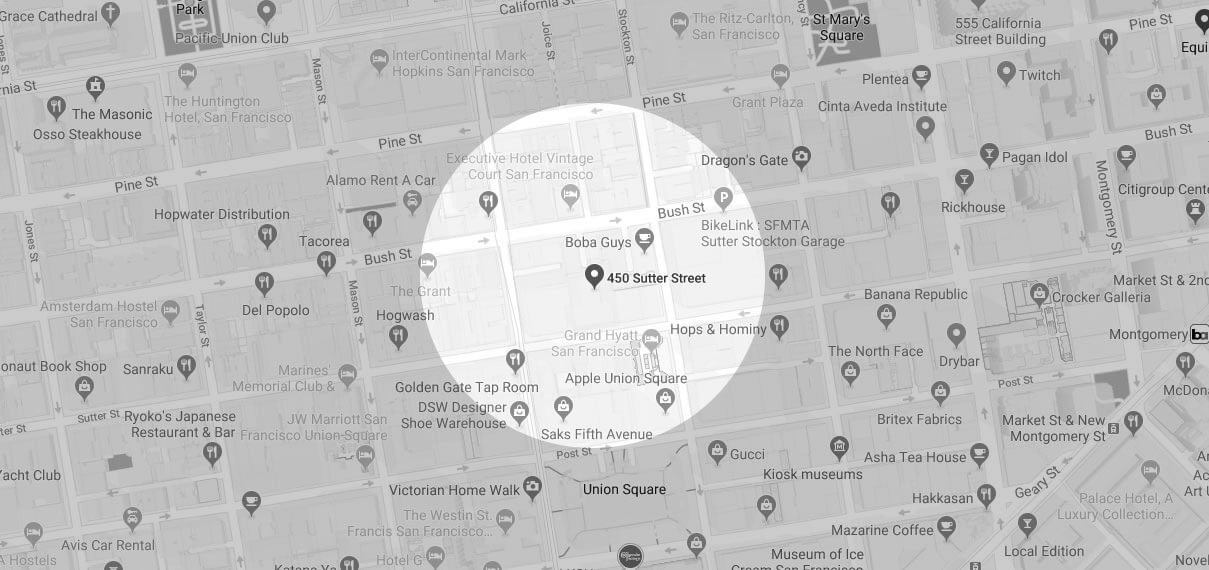As a dentist at My Dentist San Francisco, I, Dr. Leyli Shirvani, have encountered numerous patients experiencing discomfort and pain due to temporomandibular joint disorder (TMJ). This condition can have a significant impact on an individual's quality of life, making everyday activities such as eating and talking difficult. In many cases, orthodontic treatment, including braces and aligners, can alleviate TMJ symptoms and improve overall oral health. In this article, I will discuss how orthodontics can help treat TMJ and the various treatment options available.

Table of Contents
- Understanding TMJ
- The Connection Between TMJ and Malocclusion
- Orthodontic Evaluation
- Traditional Braces for TMJ
- Clear Aligners for TMJ
- Additional Orthodontic Appliances
- Duration of Orthodontic Treatment
- Post-Treatment Care and Maintenance
- TMJ Treatment Costs
- Alternative TMJ Treatments
1. Understanding TMJ
What is TMJ?
Temporomandibular joint disorder (TMD) refers to a group of conditions affecting the temporomandibular joint, which connects your jawbone to your skull. Symptoms of TMD include jaw pain, clicking or popping sounds, difficulty chewing, and limited jaw movement.
Causes of TMD
TMD can result from a variety of factors, including injury to the jaw, teeth grinding (bruxism), arthritis, or misalignment of the teeth and jaw. In some cases, the cause of TMD is unknown.
2. The Connection Between TMJ and Malocclusion
Malocclusion and TMJ Symptoms
Malocclusion refers to misaligned teeth or an improper bite, which can place stress on the temporomandibular joint and contribute to TMJ symptoms. By addressing the underlying malocclusion, orthodontic treatment can help alleviate TMJ discomfort and restore proper jaw function.
Types of Malocclusion
There are several types of malocclusion, including overbite, underbite, crossbite, and open bite. Each type of malocclusion can contribute to TMD symptoms in different ways, making it essential to receive a comprehensive orthodontic evaluation to determine the most effective treatment plan.
3. Orthodontic Evaluation
Initial Consultation
The first step in addressing TMJ through orthodontics is scheduling an initial consultation with an experienced dentist, such as myself, or an orthodontist, like Dr Rodriguez. During this appointment, I will conduct a thorough examination of your teeth, jaw, and facial structure to assess the severity of your malocclusion and TMJ symptoms.
Treatment Plan
Based on our evaluation, we will create a personalized treatment plan to address your specific needs. This plan may include traditional braces, clear aligners, or other orthodontic appliances designed to correct your malocclusion and alleviate TMD symptoms.
4. Traditional Braces for TMJ
How Braces Work
Traditional braces use brackets, wires, and elastic bands to gradually shift your teeth into proper alignment. By correcting your bite, braces can help redistribute the pressure on your temporomandibular joint, reducing TMJ discomfort.
Benefits of Braces
Braces are a versatile and effective treatment option for various types of malocclusion. They can be customized to address individual needs, ensuring optimal results. Additionally, braces can help improve oral hygiene, prevent tooth decay, and enhance facial aesthetics.
5. Clear Aligners for TMJ
How Aligners Work
Clear aligners, such as Invisalign, use a series of custom-made, removable trays to gradually move your teeth into the desired position. Like traditional braces, aligners can correct malocclusion and alleviate TMJ symptoms by promoting proper jaw alignment and function.
Benefits of Aligners
Clear aligners offer a discreet and comfortable alternative to braces, making them a popular choice among adults and teenagers. They can be removed for eating, drinking, and oral hygiene, which simplifies daily routines and reduces the risk of plaque buildup and tooth decay.
6. Additional Orthodontic Appliances
Palatal Expanders
In some cases, additional orthodontic appliances may be required to address TMD symptoms effectively. Palatal expanders are used to widen the upper jaw, correcting issues such as crossbite and overcrowding. By improving the overall bite and jaw alignment, palatal expanders can help alleviate TMJ discomfort.
Bite Splints
Bite splints, or occlusal splints, are custom-made devices designed to improve the bite and protect teeth from grinding. They can be especially beneficial for patients with TMD caused or exacerbated by bruxism. These devices can be used in conjunction with braces or aligners to optimize treatment results.
7. Duration of Orthodontic Treatment
The duration of orthodontic treatment for TMJ varies depending on the severity of the malocclusion, the type of treatment chosen, and individual patient factors. On average, braces and aligners can take anywhere from 12 to 36 months to achieve the desired results. Throughout treatment, regular progress check ups will be necessary to ensure proper tooth movement and TMJ symptom relief.
8. Post-Treatment Care and Maintenance
Once your orthodontic treatment is complete, it's crucial to maintain your new bite alignment to prevent TMD symptoms from returning. Retainers, either removable or fixed, are often required to keep teeth in their new positions. Additionally, practicing good oral hygiene, addressing teeth grinding, and scheduling regular dental checkups are essential to maintaining long-term TMJ relief and overall oral health.
9. TMJ Treatment Costs
The cost of orthodontic treatment for TMJ varies based on the complexity of the case, the type of treatment chosen, and any additional appliances required. During your initial consultation, I will provide a detailed cost estimate and discuss payment options, including insurance coverage and financing plans, to ensure that treatment is accessible and affordable.
10. Alternative TMJ Treatments
While orthodontics can be highly effective in treating TMJ, it's essential to consider alternative treatment options, if orthodontic treatment is not suitable or if additional intervention is needed. These alternatives may include:
Physical Therapy
Physical therapy can help alleviate TMJ symptoms by improving jaw muscle strength, flexibility, and joint mobility.
Medications
Over-the-counter pain relievers, anti-inflammatory medications, or muscle relaxants can provide temporary relief from TMJ discomfort.
Oral Appliances
Custom-made oral appliances, such as night guards, can help protect teeth from grinding and reduce TMJ-related pain.
Injections
Corticosteroid or Botox injections may be recommended for patients with severe TMD symptoms, as they can help alleviate pain and inflammation.
Orthodontics in San Francisco
Orthodontic treatment, including braces and aligners, can play a significant role in alleviating TMD symptoms by addressing the underlying malocclusion. If you are experiencing TMJ discomfort, don't hesitate to schedule a consultation with me, Dr. Leyli Shirvani, or my partner, Dr Maria Rodriguez, at My Dentist San Francisco. Together, we can develop a personalized treatment plan to improve your bite, alleviate your TMJ symptoms, and enhance your overall oral health.



